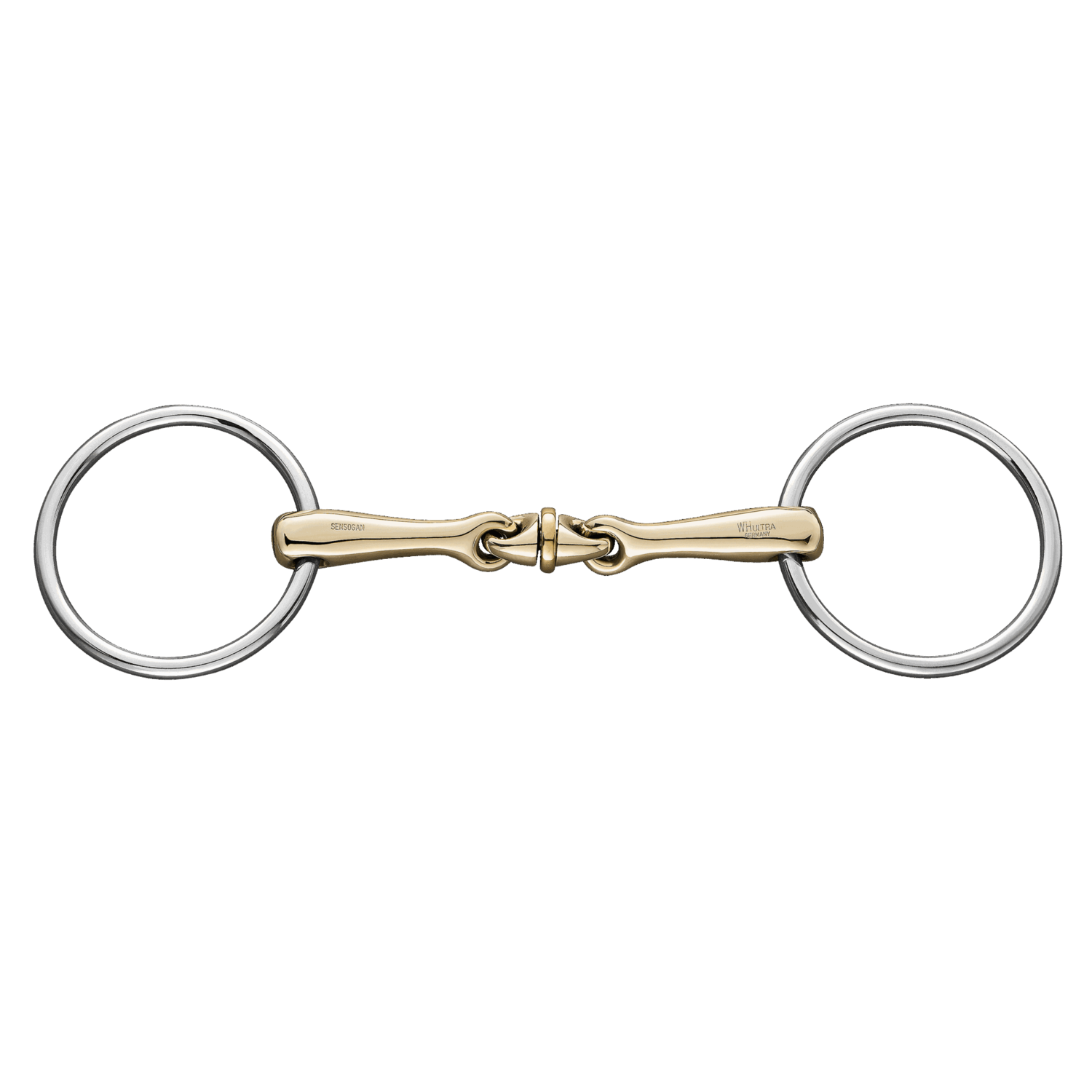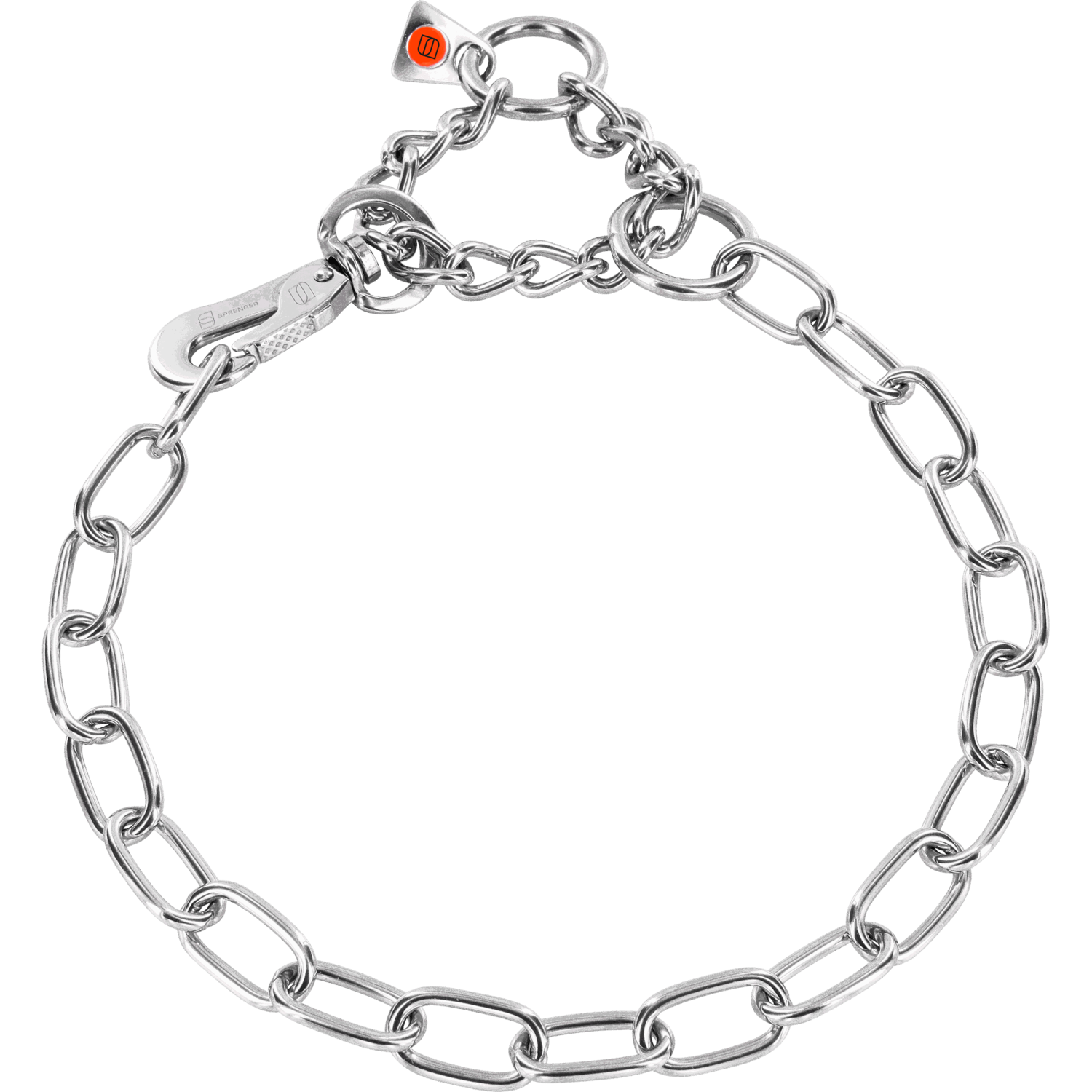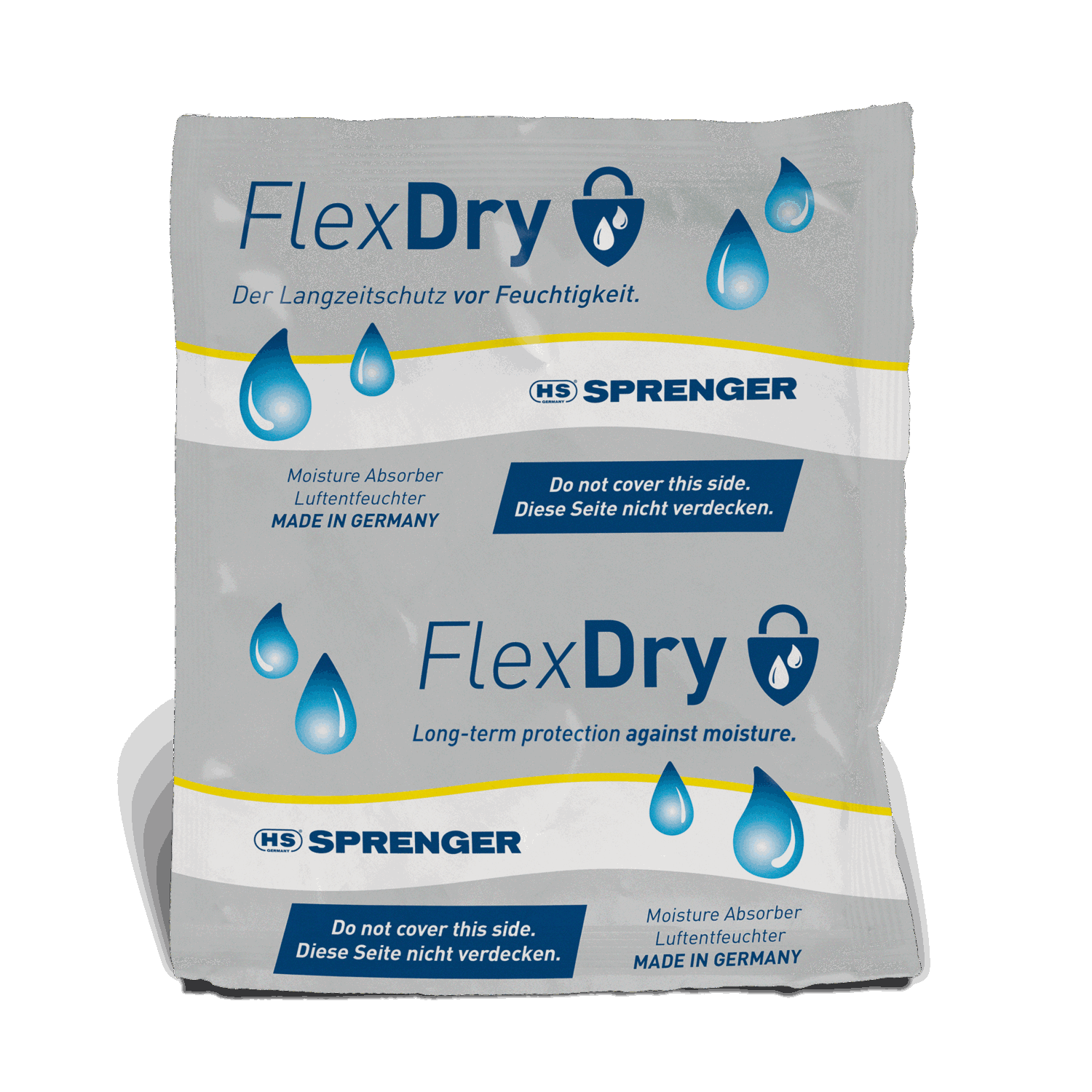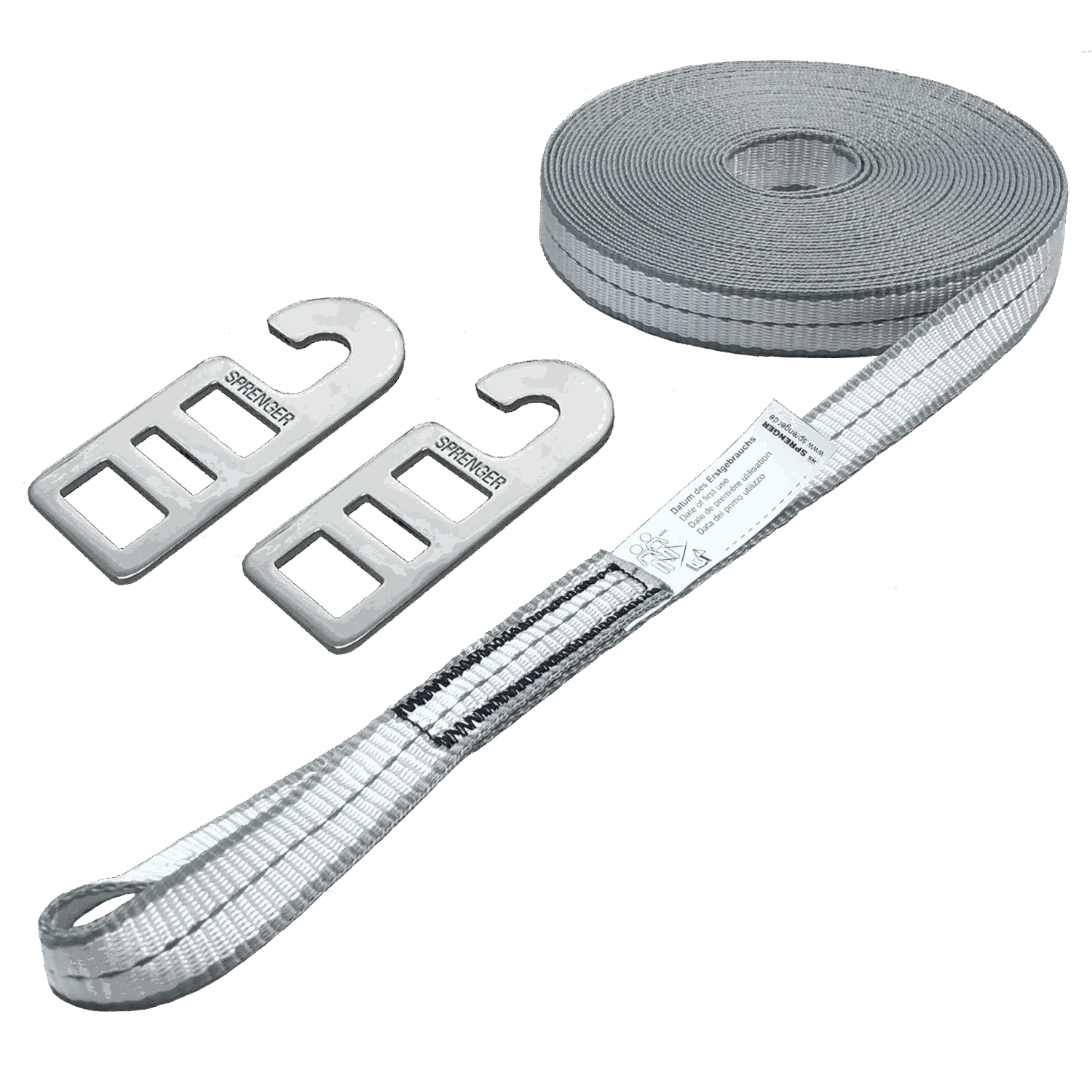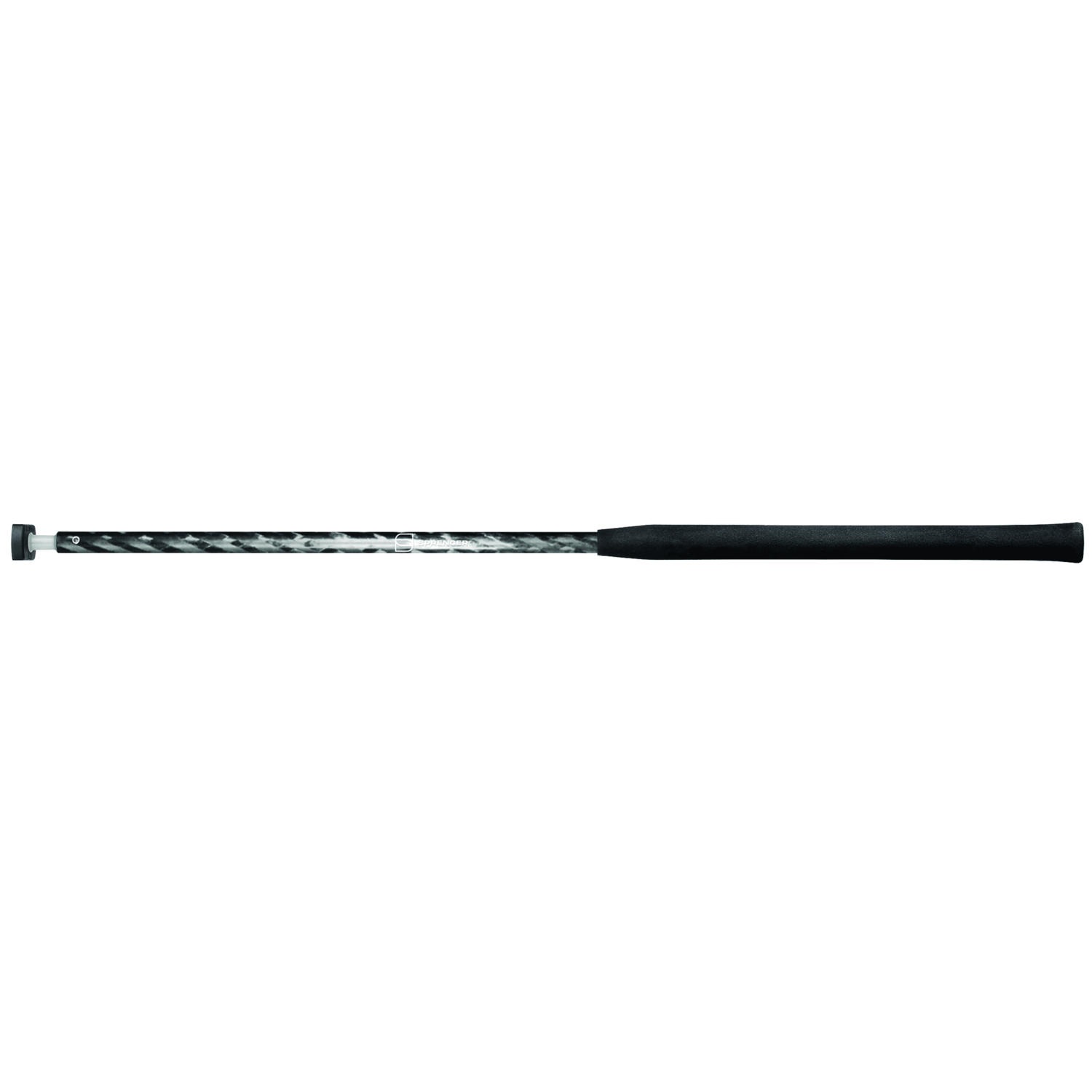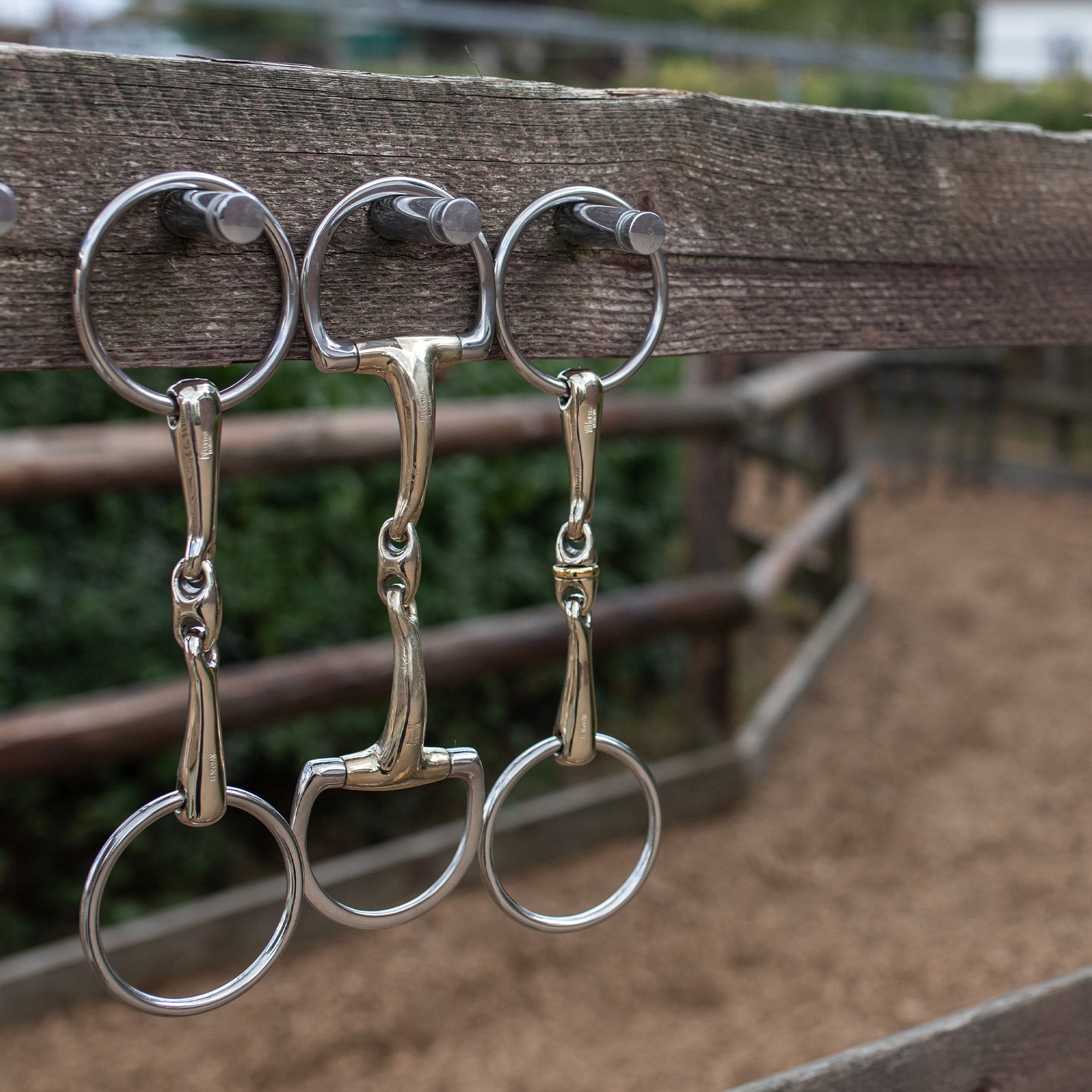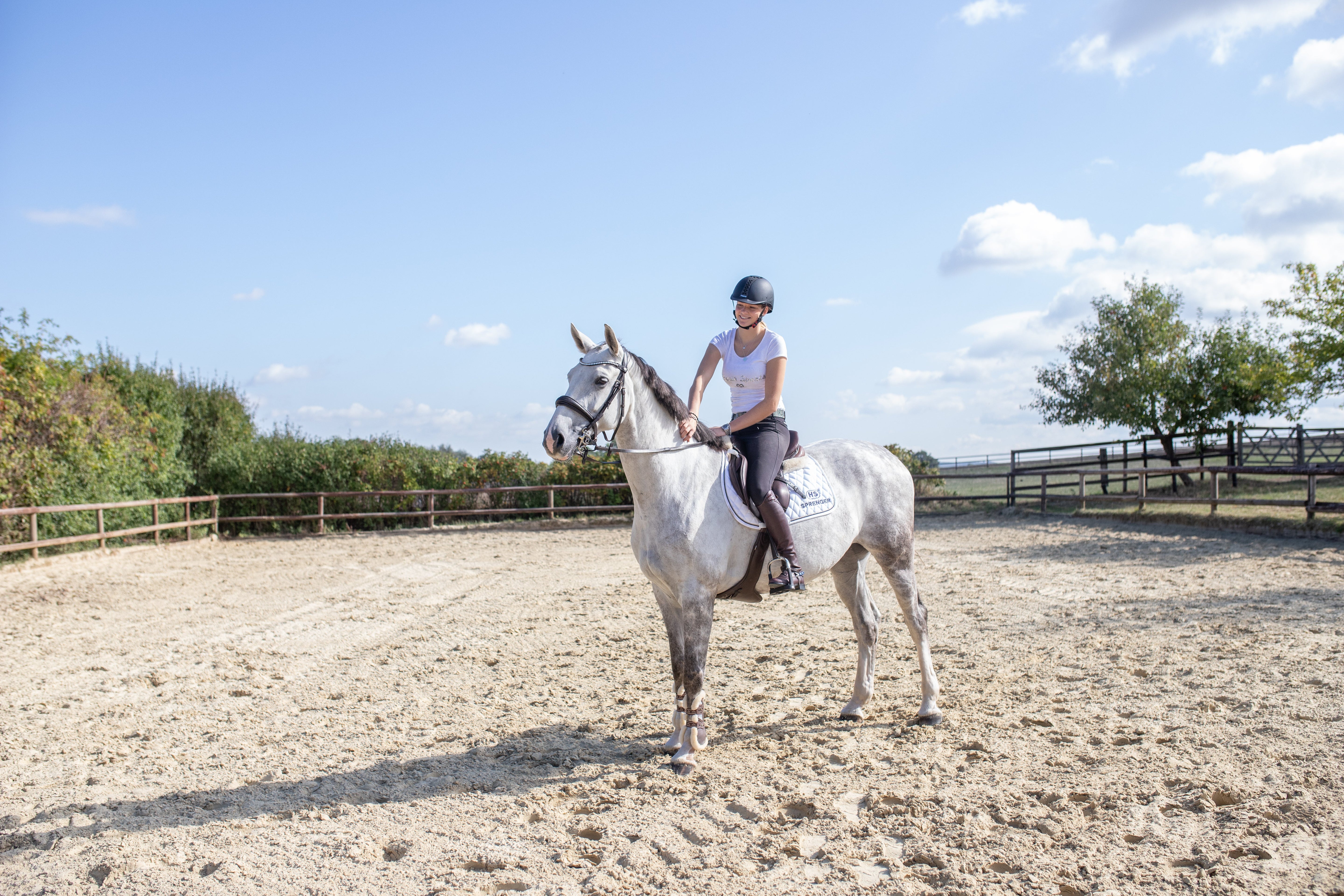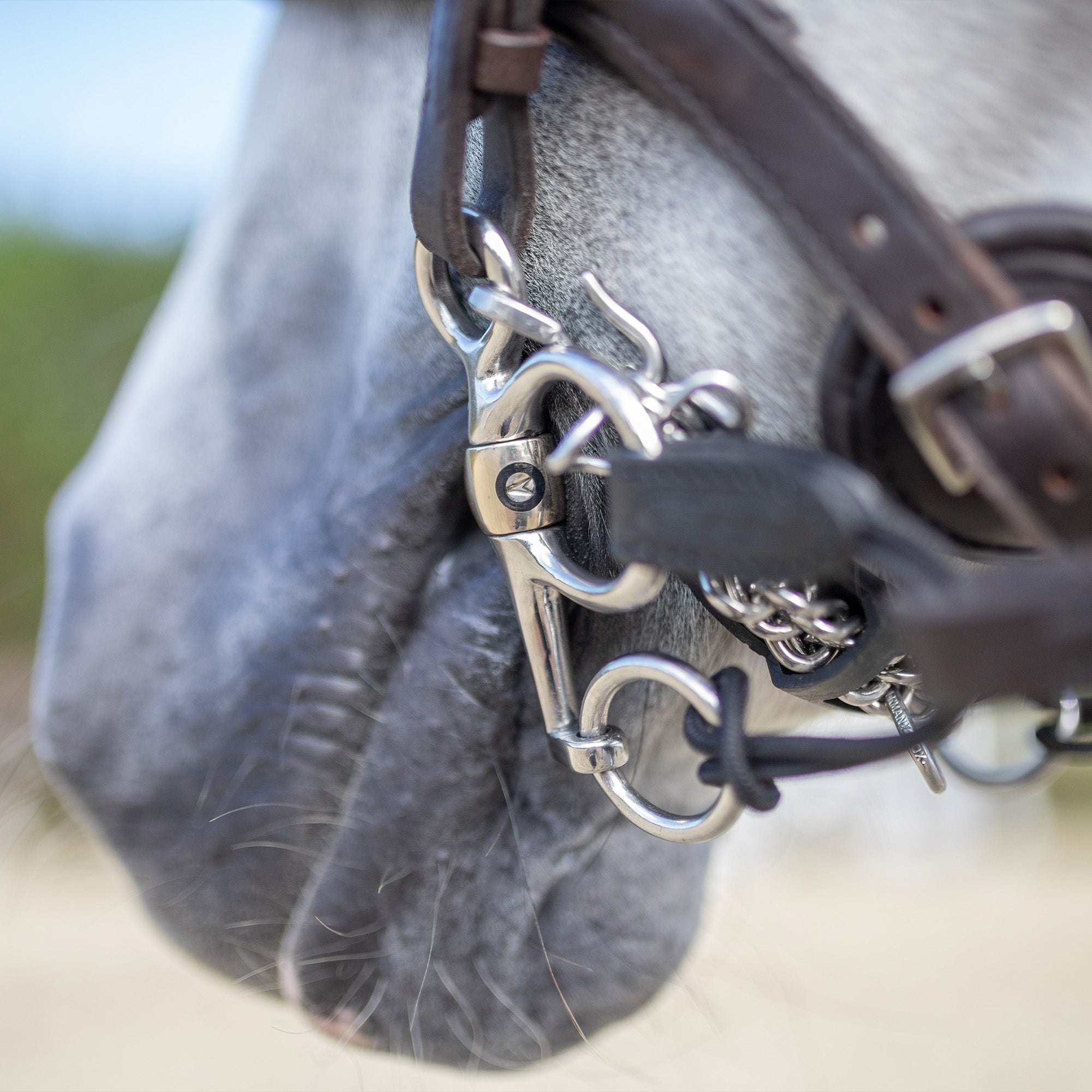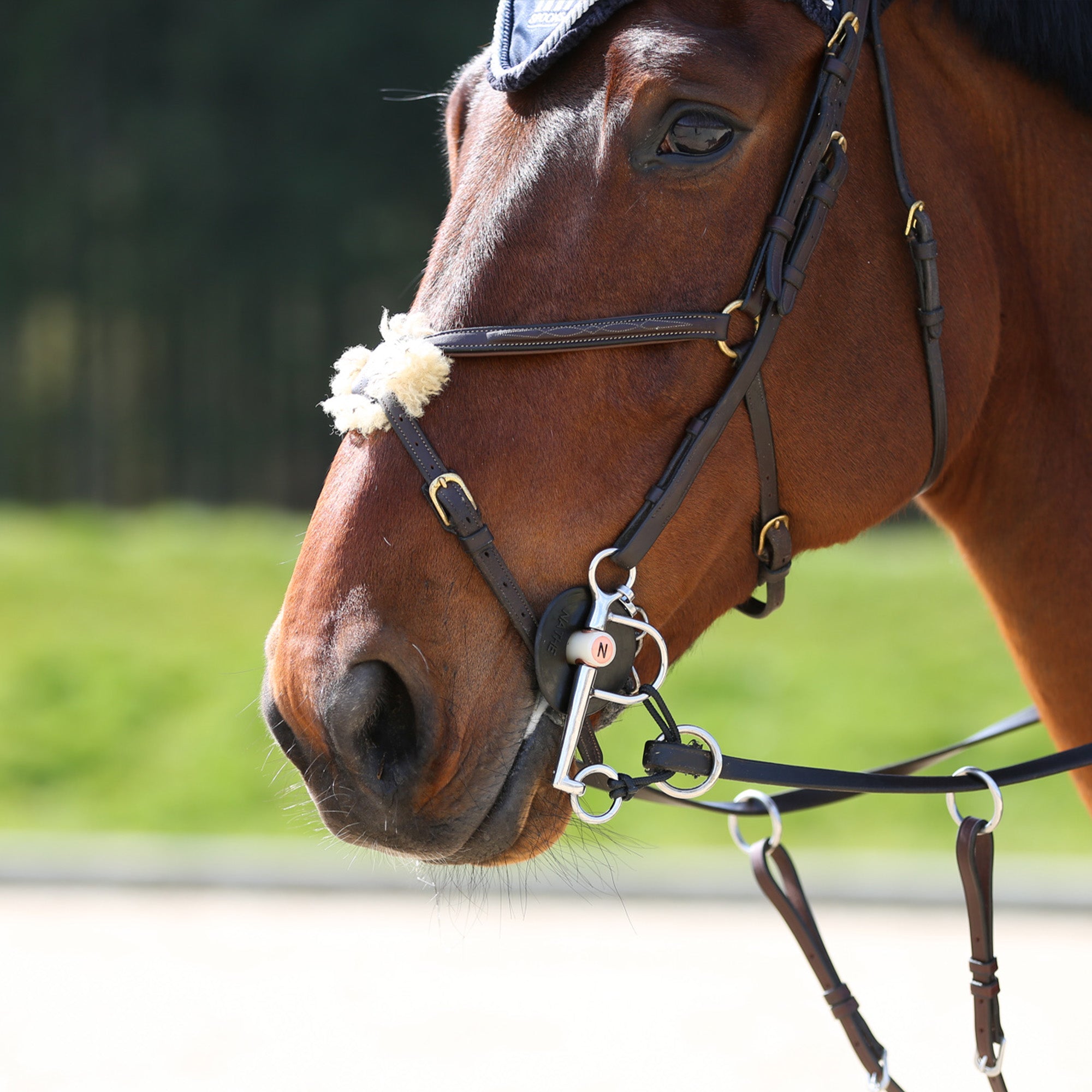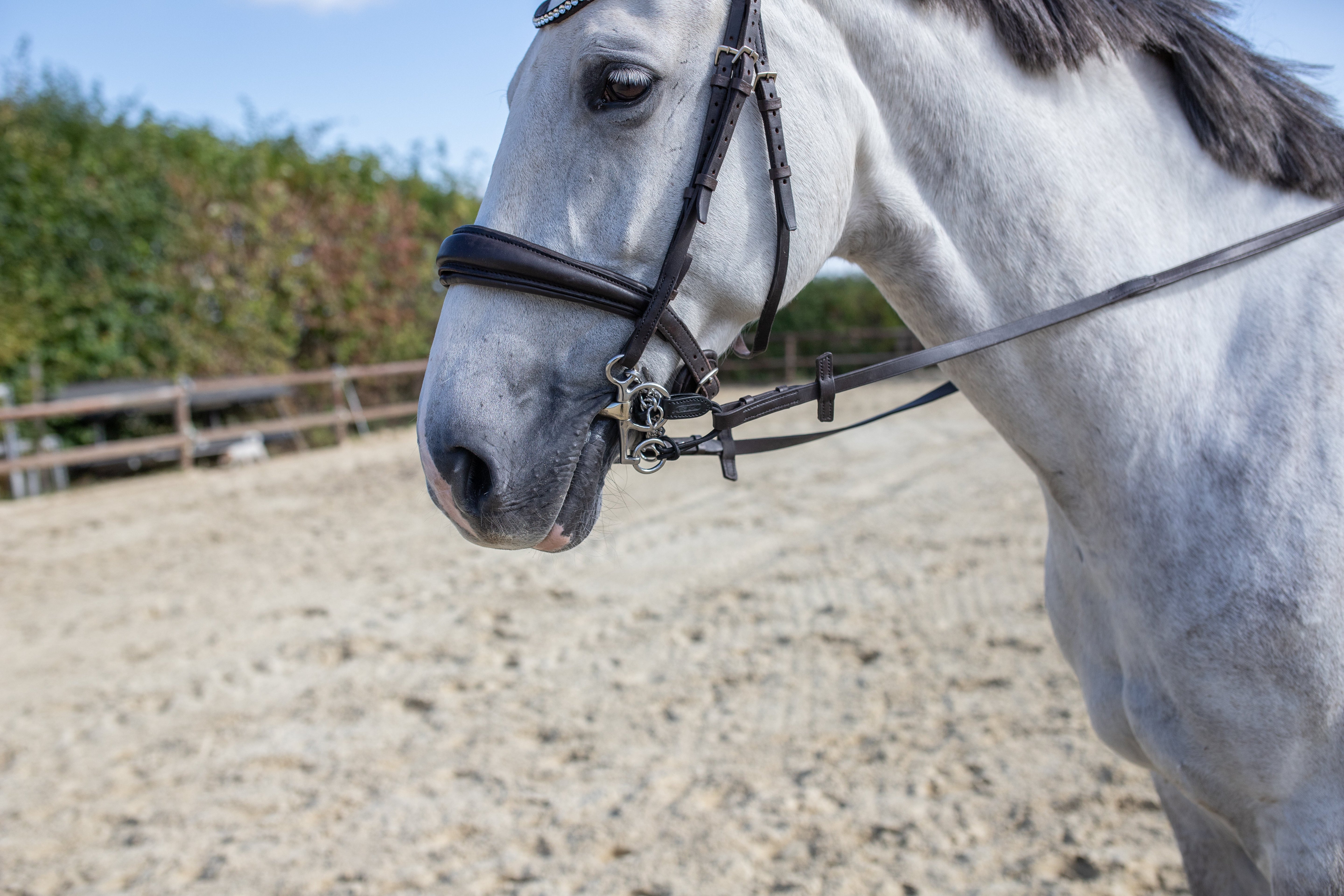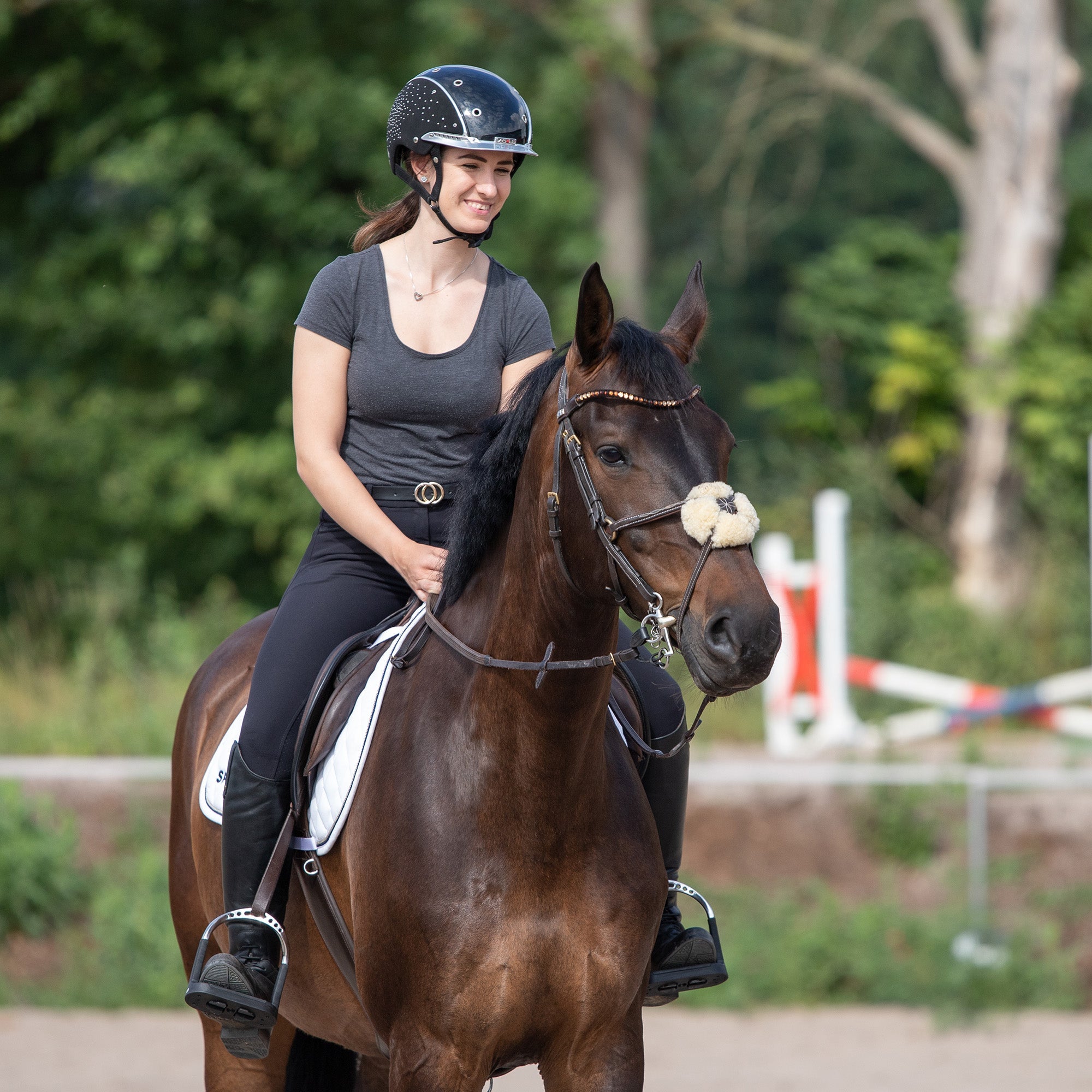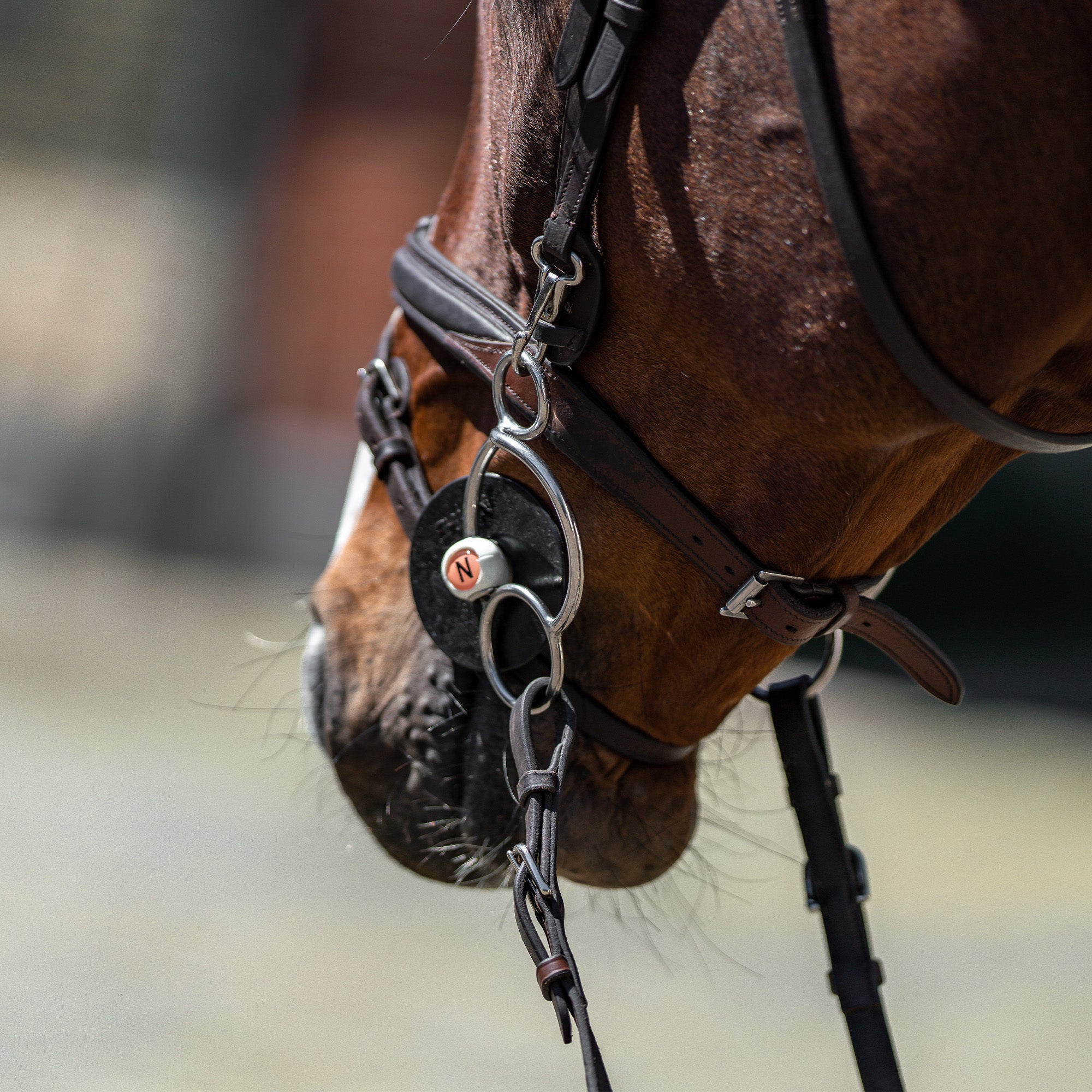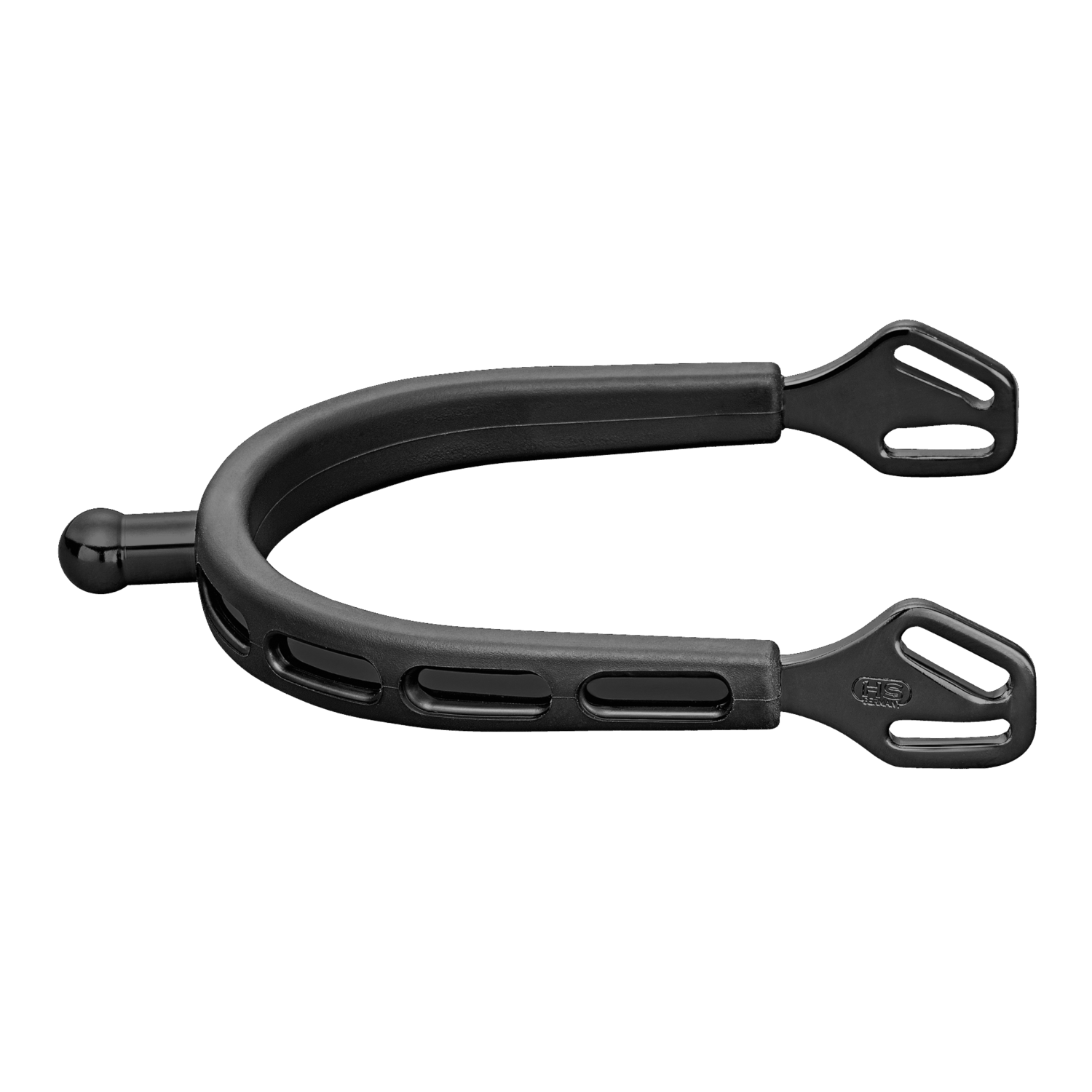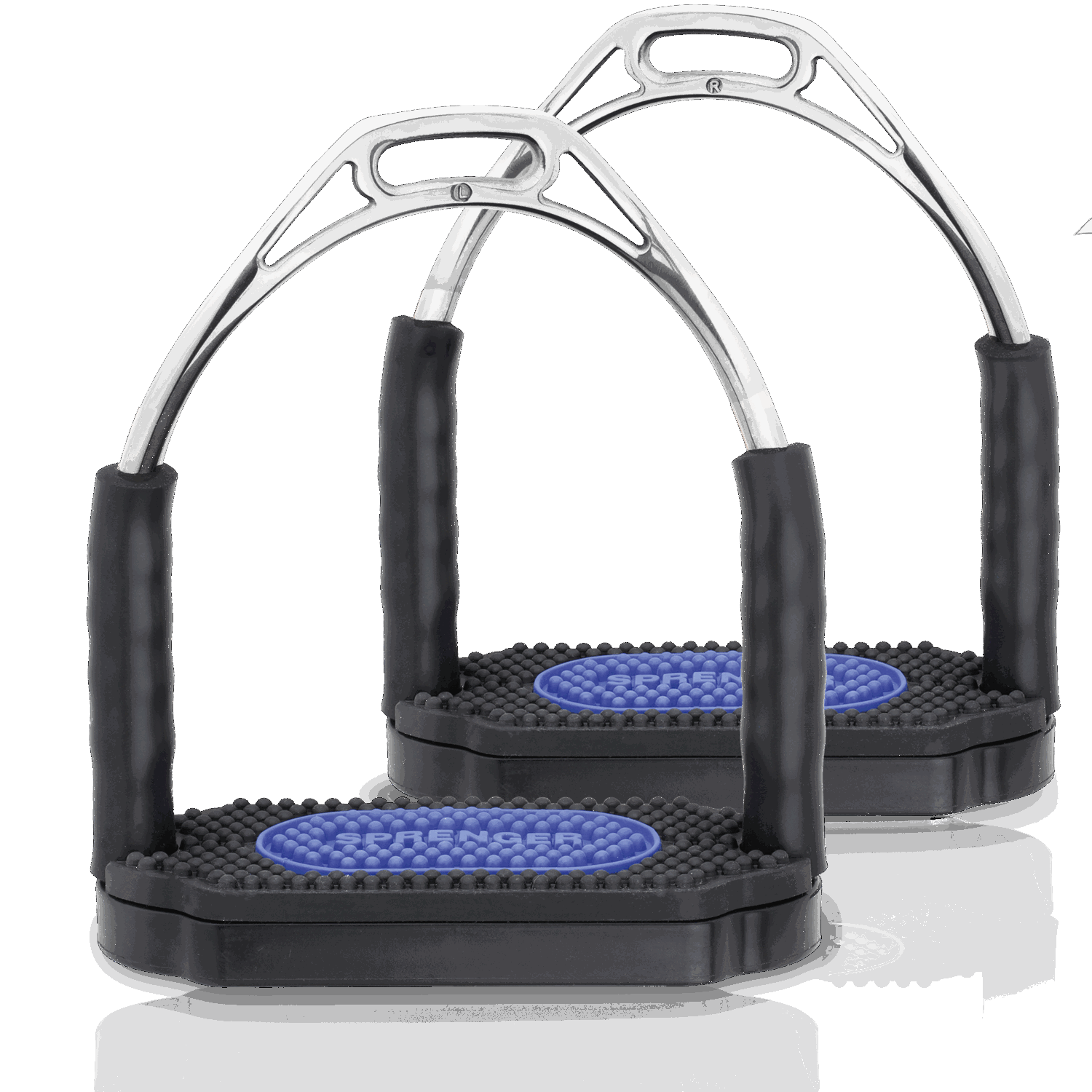Dynamic RS Pelham 16 mm double jointed
16 mm, Pelham
Tax included. Price per Piece incl. VAT. Shipping calculated at checkout
Description
Description
This Pelham provides targeted and effective support, acting on the full width of the tongue, neck and lower jaw. The leverage on the neck can be varied according to the rein set up. This allows you to respond to your horse's individual needs.
The bit is often used in combination with pelham converters. If the rider and horse are more advanced, it is recommended to use two pairs of reins: This allows the leverage to be used as sensitively as possible. The pelham is used in combination with a curb chain. If positioned to allow an angle of up to 45° between the lower rein and the mouthpiece, it will limit the pressure on the neck in a sensible way.
Material & care
Material & care
How do I care for my Sensogan bits?
You should always wash your bits thoroughly with water and dry them after each use. SENSOGAN bits contain copper. Oxidation causes the bits to darken and may lose their shine. However, metal bits are particularly easy to clean and maintain with the help of our "Diamond Paste".Sensogan
Alloy of copper, manganese and zinc. Manganese hardens the copper without affecting the natural oxidation process of the copper. Thanks to the manganese, the alloy has a lower copper content but achieves the same oxidation behavior as AURIGAN.Features
Features
• Spring- und Springpferde-LP ab Kl. A
• Gelände-, Geländepferde- und Jagdpferde-LP ab Kl. A
• FN-Hunterklasse 95er und höher
Manufacturer information
Manufacturer information
Herm. Sprenger Metallwarenfabrik GmbH & Co. KG
Alexanderstr. 10-21
58644 Iserlohn
Deutschland
info@sprenger.de
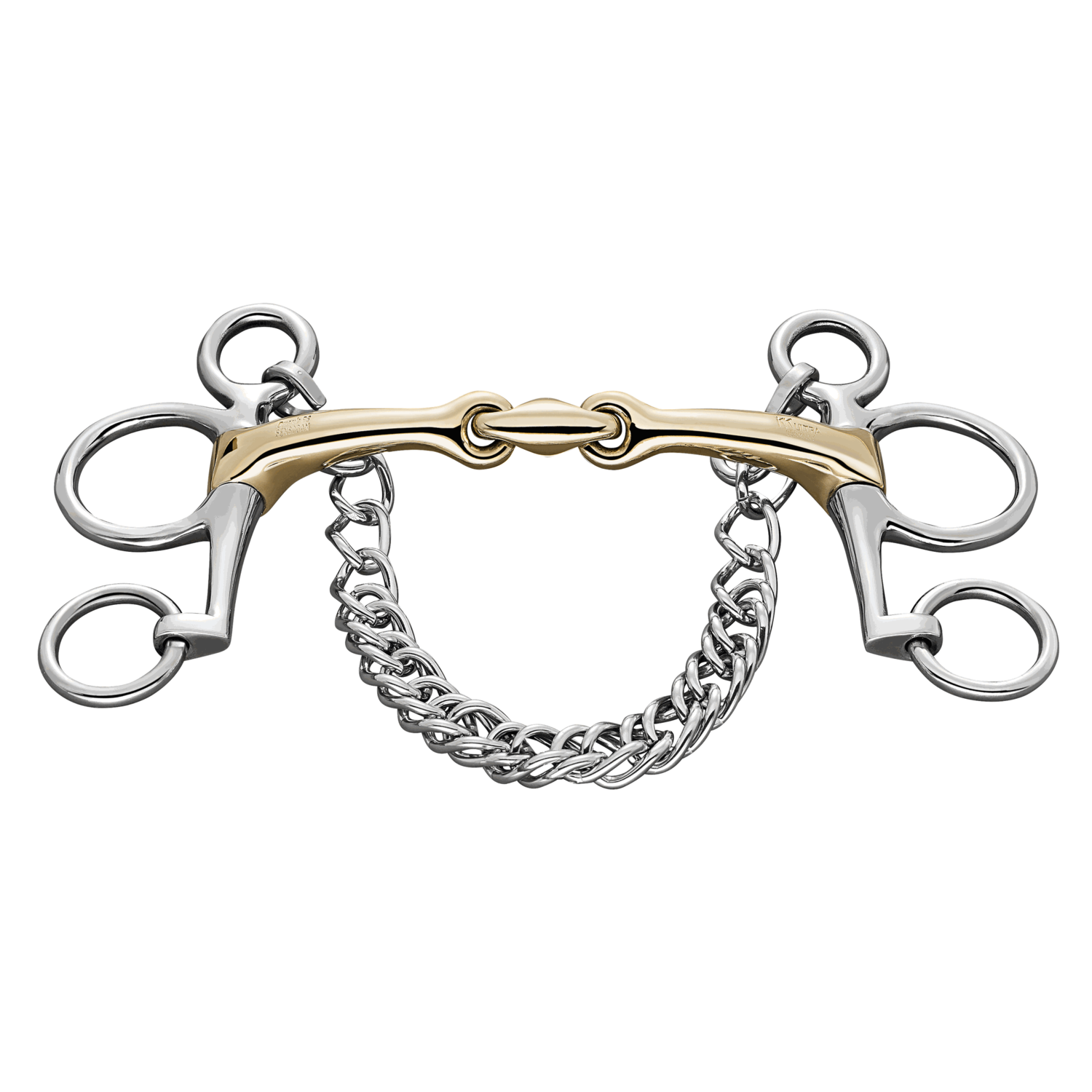
Sprenger - tradition and trust for 150 years
Where quality is created
The Sprenger brand stands for the highest quality and innovative design in equestrian sport. Sprenger has been a trusted partner for riders and horse owners worldwide for over 150 years.



